Large Hadron Collider (LHC): Phenomenology, Operational Challenges and Theoretical Predictions
The Large Hadron Collider (LHC) is the highest-energy particle collider ever constructed and is considered "one of the great engineering milestones of mankind." It was built by the European Organization for Nuclear Research (CERN) from 1998 to 2008, with the aim of allowing physicists to test the predictions of different theories of particle physics and high-energy physics, and particularly prove or disprove the existence of the theorized Higgs boson and of the large family of new particles predicted by supersymmetric theories. In this book, the authors study the phenomenology, operational challenges and theoretical predictions of LHC. Topics discussed include neutral and charged black hole remnants at the LHC; the modified statistics approach for the thermodynamical model of multiparticle production; and astroparticle physics and cosmology in the LHC era.
{{comment.content}}
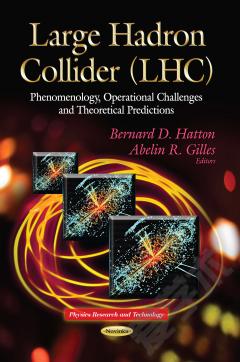
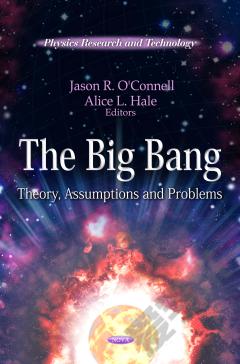
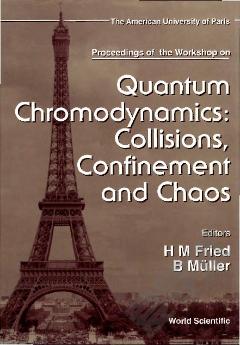

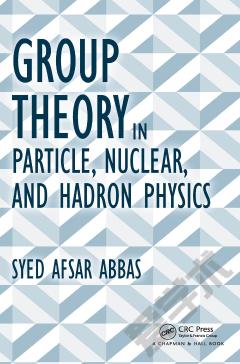
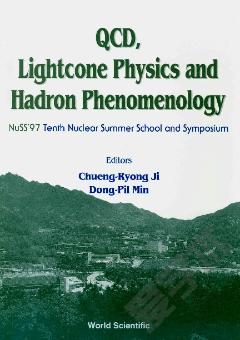


 京公网安备 11010802027623号
京公网安备 11010802027623号